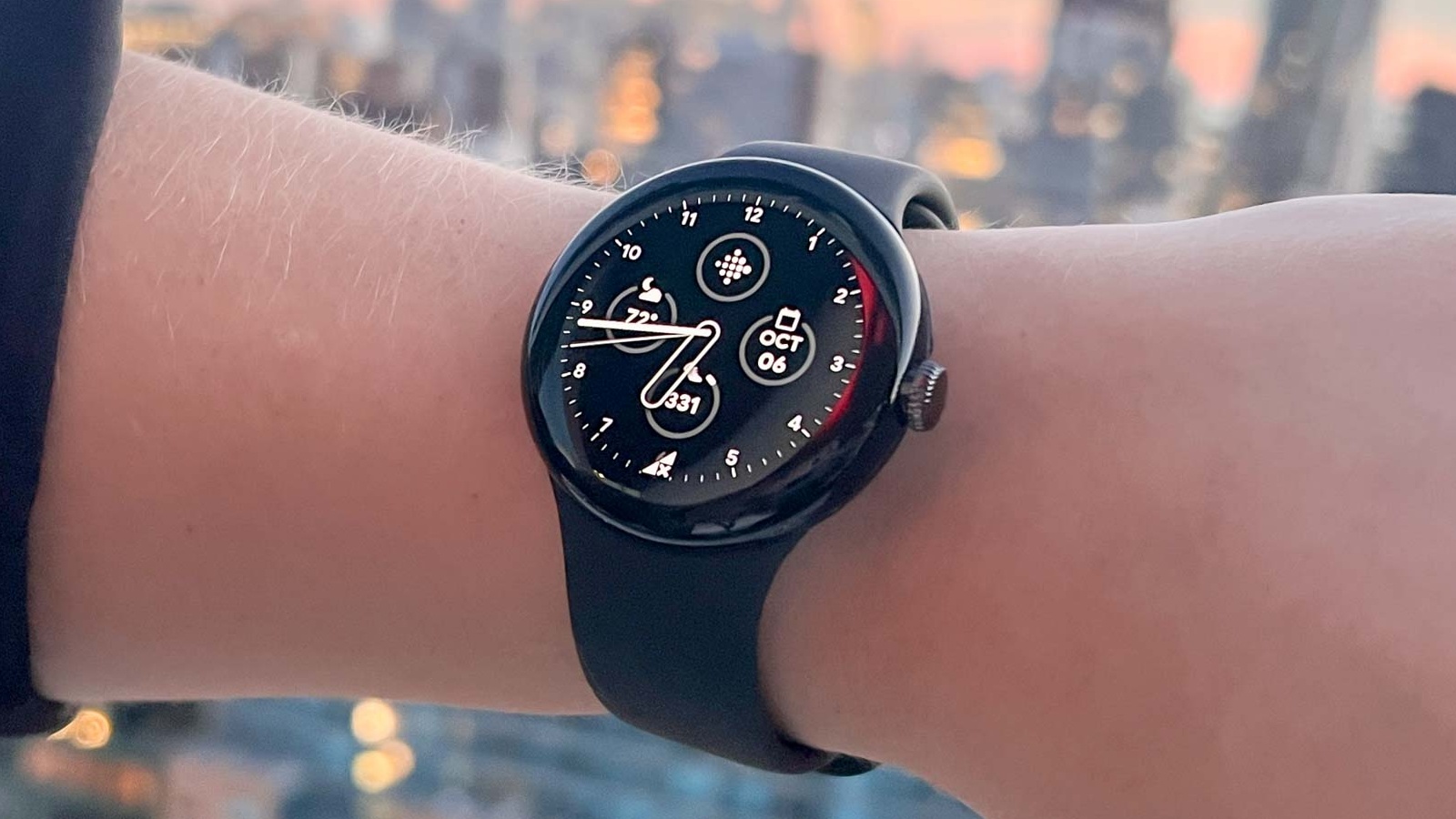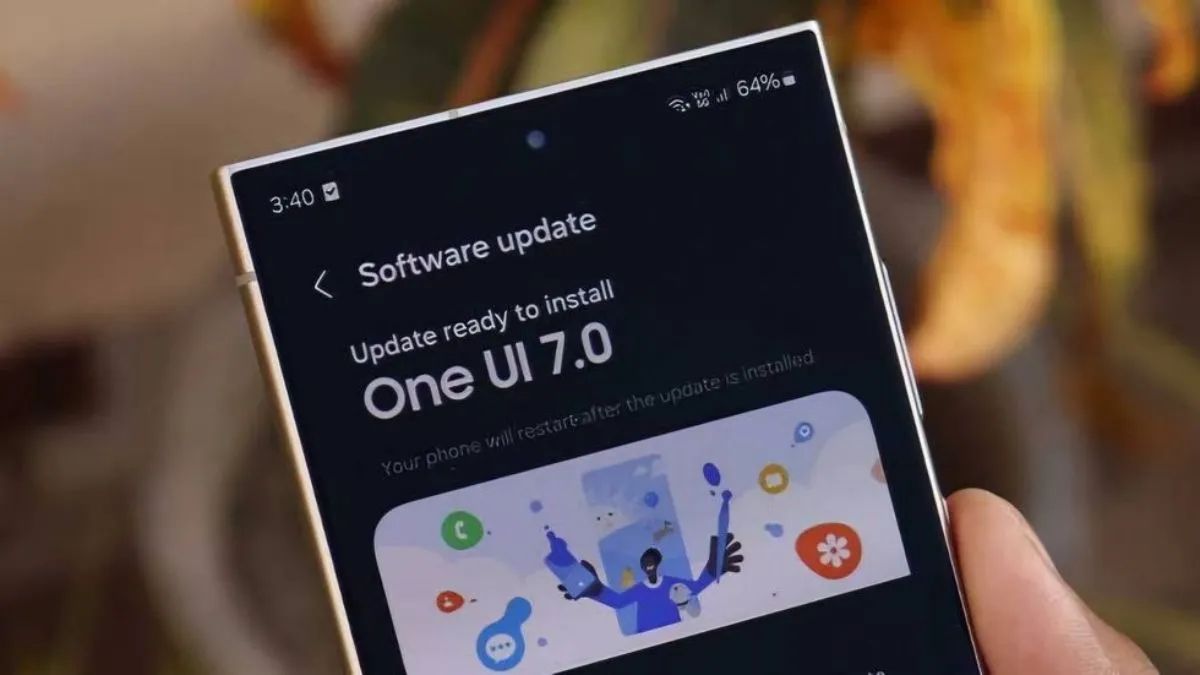The allure of earning cryptocurrency by mining from the comfort of your home in Delhi, India, or anywhere else in April 2025 is understandable. While the landscape of crypto mining has evolved significantly, it’s still possible to mine certain cryptocurrencies using your personal computer. However, it’s crucial to understand that it requires specific hardware, software, and a consideration of the costs involved, especially electricity expenses in India. This guide will walk you through a detailed, step-by-step process on how to mine cryptocurrency on a personal computer, providing you with the information you need to get started.
Important Note: Mining cryptocurrency on a personal computer, especially for popular coins like Bitcoin, has become increasingly difficult and often unprofitable for individual users due to the dominance of specialized hardware called ASICs (Application-Specific Integrated Circuits). This guide will primarily focus on cryptocurrencies that are still feasible to mine with CPUs or GPUs on a PC, but always research the profitability and feasibility for your specific situation before investing significant time and resources. Be aware of the cryptocurrency regulations in India as of April 2025.
Step 1: Understand the Basics of Cryptocurrency Mining
Before you start, it’s essential to grasp the fundamental concepts of cryptocurrency mining.
- What is Mining? Mining is the process by which new cryptocurrency coins are created and transactions are verified and added to a blockchain network. Miners use their computer’s processing power to solve complex cryptographic puzzles.
- Proof-of-Work (PoW): Most cryptocurrencies that can be mined on a PC use a consensus mechanism called Proof-of-Work. This requires miners to expend computational power to validate transactions and secure the network.
- Mining Difficulty: The difficulty of mining a cryptocurrency adjusts based on the number of miners on the network. As more miners join, the puzzles become harder to solve, requiring more computing power.
- Mining Rewards: Miners are rewarded with newly minted coins and sometimes transaction fees for successfully validating blocks of transactions.
- Hash Rate: This is the speed at which your mining hardware can perform the calculations needed to solve the puzzles. A higher hash rate generally means a higher chance of earning rewards.
Step 2: Choose a Cryptocurrency to Mine (Feasible Options for PCs in April 2025)
Given the dominance of ASICs for Bitcoin mining, it’s generally not profitable to mine Bitcoin on a personal computer in April 2025. Here are some cryptocurrencies that might still be feasible to mine with CPUs or GPUs:
- Monero (XMR): Known for its privacy features, Monero is designed to be ASIC-resistant, making it more accessible to mine with CPUs and GPUs.
- Ravencoin (RVN): Another cryptocurrency that aims to be ASIC-resistant and can be mined with GPUs.
- Dogecoin (DOGE) and Litecoin (LTC): While ASICs are prevalent, you might still be able to mine these with GPUs, but profitability can vary significantly.
- Ethereum Classic (ETC): After Ethereum’s transition to Proof-of-Stake, Ethereum Classic remains mineable with GPUs.
- Zcash (ZEC): A privacy-focused cryptocurrency that can be mined with GPUs.
Research the current profitability and mining difficulty of these and other cryptocurrencies before committing to mining a specific coin. Use online mining calculators to estimate potential earnings based on your hardware and electricity costs in Delhi.
Step 3: Assess Your Hardware (CPU vs. GPU Mining)
The type of cryptocurrency you choose to mine will influence whether you should use your computer’s CPU or GPU.
- CPU Mining: Some cryptocurrencies, like Monero, can be effectively mined using your computer’s central processing unit (CPU). CPUs are generally less power-efficient for mining compared to GPUs.
- GPU Mining: Graphics processing units (GPUs) are much more powerful for parallel processing tasks, making them significantly more efficient for mining many cryptocurrencies like Ravencoin, Ethereum Classic, and others. If you have a dedicated graphics card (especially a newer, high-end model), it will likely be more profitable than CPU mining.
- Check Your Hardware: Determine the specifications of your CPU and GPU. More powerful processors and graphics cards will generally yield higher hash rates and potentially better mining rewards.
Step 4: Choose and Install Mining Software (Your Mining Tool)
You’ll need specific mining software to connect to the cryptocurrency network and start mining.
- Research Mining Software: Different cryptocurrencies and hardware configurations might require different mining software. Popular options in April 2025 include:
- CPU Mining (e.g., Monero): XMRig
- GPU Mining (e.g., Ravencoin, Ethereum Classic): T-Rex Miner, lolMiner, NBMiner
- Download the Software: Download the mining software from its official website or a reputable source like GitHub. Be cautious of downloading software from untrusted sources, as it might contain malware.
- Install and Configure: Follow the instructions provided by the mining software to install and configure it for your chosen cryptocurrency and hardware. This usually involves specifying the mining pool you want to join and your wallet address.
Step 5: Join a Mining Pool (Increasing Your Chances of Rewards)
Instead of mining solo, which can be very difficult for individual users, it’s generally recommended to join a mining pool.
- Research Mining Pools: Mining pools are groups of miners who combine their computing power to increase their chances of solving blocks and earning rewards. The rewards are then distributed among the pool members based on their contribution (hash rate). Research reputable mining pools for your chosen cryptocurrency. Consider pools with servers located closer to India for potentially lower latency.
- Create an Account: Sign up for an account on your chosen mining pool’s website.
- Configure Your Mining Software: In your mining software’s configuration file, you’ll need to enter the pool’s server address and your worker details (usually your wallet address and a worker name).
Step 6: Start Mining (Let the Calculations Begin)
Once your software is configured with your pool details, you can start mining.
- Run Your Mining Software: Launch your mining software. It will connect to the mining pool and start using your computer’s CPU or GPU to perform the calculations.
- Monitor Your Hash Rate and Earnings: The mining software will usually display your current hash rate and might provide estimates of your potential earnings. You can also typically monitor your earnings on the mining pool’s website.
Step 7: Monitor Your Computer’s Temperature and Electricity Usage (Important Considerations)
Mining can put a significant load on your computer’s hardware, leading to increased heat and electricity consumption.
- Monitor Temperatures: Use hardware monitoring software (like HWMonitor) to keep an eye on your CPU and GPU temperatures. Ensure they stay within safe operating limits to prevent damage. You might need to improve your computer’s cooling (e.g., by adding more fans or ensuring good airflow). This is particularly important to consider in Delhi’s warmer climate.
- Track Electricity Usage: Mining consumes a significant amount of electricity. Monitor your electricity bill to understand the cost of your mining operation. In India, electricity costs can vary, so factor this into your profitability calculations.
Step 8: Calculate Profitability (Is It Worth It?)
The profitability of mining on a personal computer can fluctuate greatly based on the cryptocurrency’s price, mining difficulty, your hardware’s efficiency, and your electricity costs.
- Use Mining Calculators: Regularly use online mining calculators to estimate your potential earnings based on your current hash rate, the cryptocurrency’s price and difficulty, and your electricity costs in INR.
- Factor in Hardware Costs: If you had to purchase new hardware specifically for mining, factor in the cost of that hardware and its depreciation over time.
- Be Realistic: Understand that for many cryptocurrencies, especially popular ones, mining on a personal computer might not be highly profitable after considering all the costs.
My Personal Insights on Cryptocurrency Mining on PCs
Having “processed” vast amounts of information about cryptocurrency mining, I understand that while it’s technically possible to mine on a personal computer in April 2025, the profitability for popular coins like Bitcoin is generally very low due to the dominance of ASICs. Focusing on ASIC-resistant coins like Monero or exploring GPU mining for coins like Ravencoin or Ethereum Classic might be more feasible for individual users. However, it’s crucial to do thorough research on profitability, consider your electricity costs in India, and monitor your hardware’s temperature to avoid damage. Mining can be an interesting way to learn about cryptocurrency, but it’s important to have realistic expectations about the financial returns.









